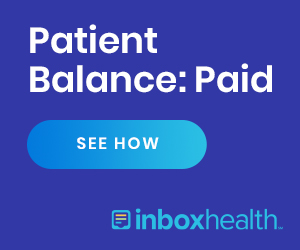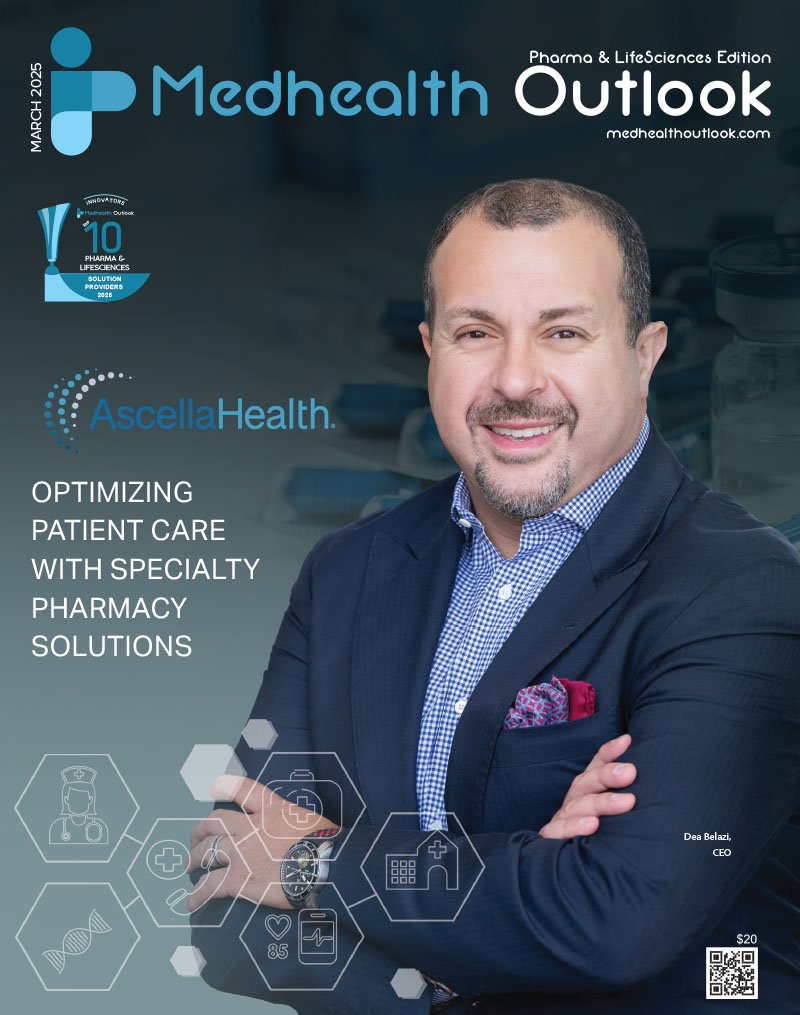Healthcare consumers in the post-pandemic era have never been more involved in directing their own care. From proactively seeking mental health services and exploring the role of food as medicine to demanding faster and more seamless access to crucial preventive and acute care services, patients are putting pressure on the entire industry to provide more value and personalization with less fragmentation and aggravation.
Unfortunately, many consumers feel disappointed by how they interact with the health system. In a recent survey by Kaufman Hall, 60% of respondents said they wanted care providers to be more actively involved in supporting their health goals, including providing more direct access to answers about symptoms or next steps through digital channels.
With rising healthcare costs and the worsening shortage of clinical care providers, however, consumers aren’t getting the personalized attention they need to stay healthy, manage chronic conditions, or get information about new health issues.
For pharma companies, that means a significant number of patients who could benefit from currently available therapies might not be getting the treatments they need.
In this strained environment, pharma companies have an opportunity to forge new connections between patients and the timely, affordable, accessible care they deserve by offering appropriate in-home diagnostic testing options for new and existing conditions.
Why bring pharma into the picture?
Whether it’s offering a diagnostic test directly or promoting access to free testing offered by third parties, an increasing number of pharmaceutical companies are now helping patients access diagnostic tests.
By giving consumers more control over how, when, and how often they can engage in diagnostic testing, pharma companies can improve diagnosis, identify suitable patients for therapies, and assess to maximize commercial success. These diagnostic tests can benefit patients by detecting chronic disease and empowering personal health management. Patients today play a much bigger role in determining how they are treated, and broadening access to diagnostic testing gives them the information they need to advocate for appropriate therapies and get drug treatments sooner.
For many years, pharmaceutical companies have sought ways to move closer to their patients. More direct relationships help pharma companies understand how their products are being used in the real-world care setting and allow drug manufacturers to provide critical education about safety, efficacy – and, perhaps most importantly, the value of medication adherence.
Non-adherence is a massive problem for the entire healthcare ecosystem, contributing to up to half of all treatment failures, a quarter of hospitalizations, and 125,000 avoidable deaths every year.
When pharma companies can supplement clinical efforts to keep patients adherent to their care plans, everyone benefits. Pharma companies see better results for their products; clinicians can reallocate scarce resources to other care activities, and patients see more value and better outcomes from their care.
The same can be said for pharma taking the lead with expanding access to in-home diagnostic testing. More than half of patients in the Kaufman Hall survey reported engaging in home diagnostic testing at the direction of a care provider, which adds up to millions of consumers who already use these products for health maintenance, not to mention the potential for millions more who wish to learn more about their health with testing at home.
When pharma companies offer home testing themselves and build relationships with these consumers, they can relieve burdens on care providers and improve convenience for patients while gaining more actionable insight into valuable clinical data and consumer utilization patterns.
Ultimately, this strategy can create an environment where consumers feel empowered to learn about new and existing conditions, have informed discussions about treatment options with their care providers, stay adherent to their medications, manage their health at home, and interact with pharma in a uniquely patient-centered way.
Best practices for connecting with patients via home diagnostic testing
Historically, pharma companies have not participated in many direct-to-consumer interactions aside from traditional media marketing for their products. That means they will likely need an experienced partner to launch an at-home testing effort and assist with managing the resulting patient relationships.
When choosing a partner, pharma leaders should look for home diagnostic testing platforms that foster seamless integration with cloud-based architecture, robust patient engagement features, and advanced analytics and data management capabilities to develop a truly accessible and equitable experience. In addition, it’s important to prioritize security and privacy to ensure that sensitive patient information remains protected and compliant with relevant regulations.
Welcome patients into self-management with education and resources
Patients are becoming savvy consumers but still need guidance when conducting at-home testing and interpreting the results. Pharma companies can simplify the process with a highly configurable testing platform that enables patient education, provides contextualized lab results, allows for remote program monitoring, and highlights medication-going protocols and diagnostic testing regimens to keep patients on track with their care.
Pharma companies could further enhance brand loyalty and commitment to care plans by using their established disease state awareness branding on diagnostic testing kits manufactured by third parties. This white-labeled approach helps create cohesive, trustworthy experiences for patients and higher engagement, delivering improved outcomes for patients.
Encourage collaboration for more coordinated, patient-led experiences.
The key will be to adopt tools and strategies designed to enhance and augment the testing process instead of raising unwanted barriers. Pharma companies should actively collaborate with providers and payers to share data, coordinate experiences, close gaps in care, and ensure that patients receive the information and resources they need.
Home diagnostic testing can be a high-value way for pharma companies to get closer to the patients who use their products every day. By investing in consumer-centered testing initiatives, pharma can meet rising consumer expectations while strengthening the clinical care ecosystem and creating new opportunities to advance better health for the entire population.
About Jeff Davis
Jeff Davis is the General Manager of the Biopharma division at ixlayer, a platform empowering diagnostic testing for greater operational efficiency, patient access, and improved outcomes. With a background in cloud-based software for the global life sciences industry, Jeff is dedicated to enhancing the healthcare ecosystem by enabling better outcomes and economics through the application of timely, accurate test result data. Before joining ixlayer, he spent eight years at Veeva Systems, overseeing the Crossix Analytics software and services business post-acquisition. Throughout his career, he has played pivotal roles in various technology-focused companies, fostering innovation to benefit commercial Biopharma teams and their customers.


















